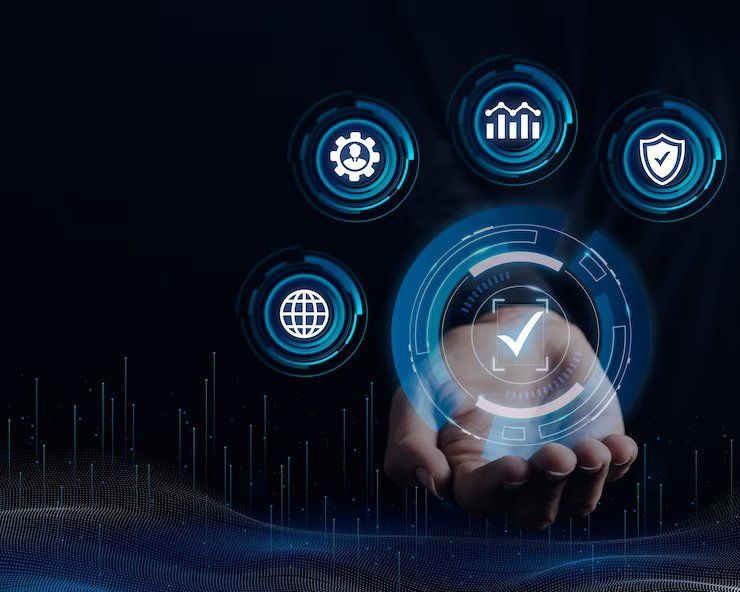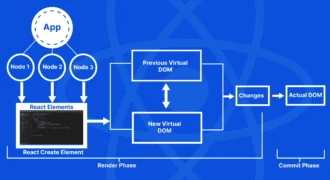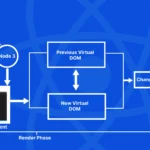A Detailed Guide to the SaaS Shared Responsibility Model
The SaaS shared responsibility model is simply a framework that defines the division of responsibilities between the SaaS provider or vendor and the customer or user when it comes to the security, maintenance, and management of SaaS applications.
In the SaaS shared responsibility model, the provider is typically responsible for managing the underlying infrastructure, securing the application, ensuring data availability and backups, applying patches and updates, and more. On the flip side, the customer is responsible for managing their data, user access and permissions, data privacy, and adhering to compliance requirements. Here is a detailed guide on the SaaS shared responsibility model so that you can comprehend everything about this interesting topic.
Components of the SaaS Shared Responsibility Model
The components of the SaaS Shared Responsibility Model usually highlight the areas of shared responsibility between the SaaS provider and the customers. Note that the specific responsibility can vary depending on the SaaS provider, the nature of the application, and lastly, the terms outlined in the service agreement or terms of service. That said, here are the major components of a SaaS shared responsibility model.
Infrastructure management –
The SaaS provider is responsible for managing the underlying infrastructure, which includes server networking and storage as well as data centers. The customer does not have any direct responsibility for the infrastructure management in a SaaS model. It is the provider’s responsibility to ensure the infrastructure is safe and reliable.
Application security –
The SaaS provider is responsible for securing the application itself including implementing access control, authentication mechanisms, and more. Conversely, the customer is responsible for using strong passwords, managing user access and permissions, and ensuring data privacy within the application.
Data management –
With a SaaS shared responsibility model, data management is also a major component. The provider is responsible for ensuring data availability, durability, and backups. They should have mechanisms in place to prevent data loss and maintain data integrity. On the other hand, the customer is responsible for managing their data within the SaaS application. This includes data entry, data retention policies, and adhering to other data protection regulations.
Patching and upgrades –
When patching or upgrading a SaaS application, the SaaS provider is responsible for applying security patches, updates, and upgrades to the application and underlying infrastructure to protect against vulnerabilities and ensure system reliability. In contrast, the user or customer is responsible for promptly applying any updates or patches to their systems and ensuring compatibility with the SaaS application.
Use training and awareness –
The SaaS provider has the role of educating the user about the features, functionality, and security controls of the application. On the other side, the customer is responsible for training their users about the proper and secure use of the SaaS application.
Benefits of the SaaS Shared Responsibility Model
Several advantages come with the SaaS shared responsibility model. One is that it offers a clear division of responsibilities. It provides a straightforward and defined framework that outlines the responsibilities of the provider and the customer. This helps in avoiding ambiguity and ensures that each party understands their role in maintaining the security and integrity of the SaaS application.
Another good perk that comes with this model is that the customer’s burden is reduced. This is because the customer can rely on the expertise and infrastructure provided by the SaaS vendor. The customer does not have to manage and maintain complex infrastructure and security controls.
In Conclusion
We could talk about the SaaS shared responsibility model all day. But we are sure that you do not have the whole day, right? Now that you understand everything that you need to know about the SaaS shared responsibility model, why don’t you go ahead and start using SaaS applications today? You’ll be surprised at all the perks this provides.


















